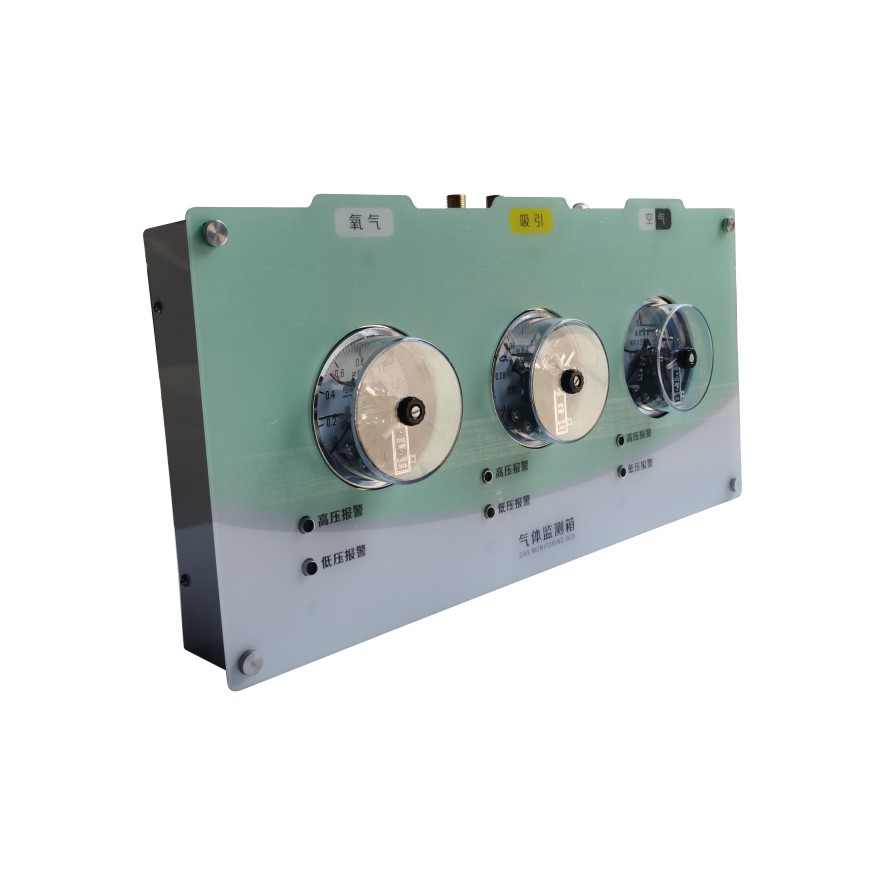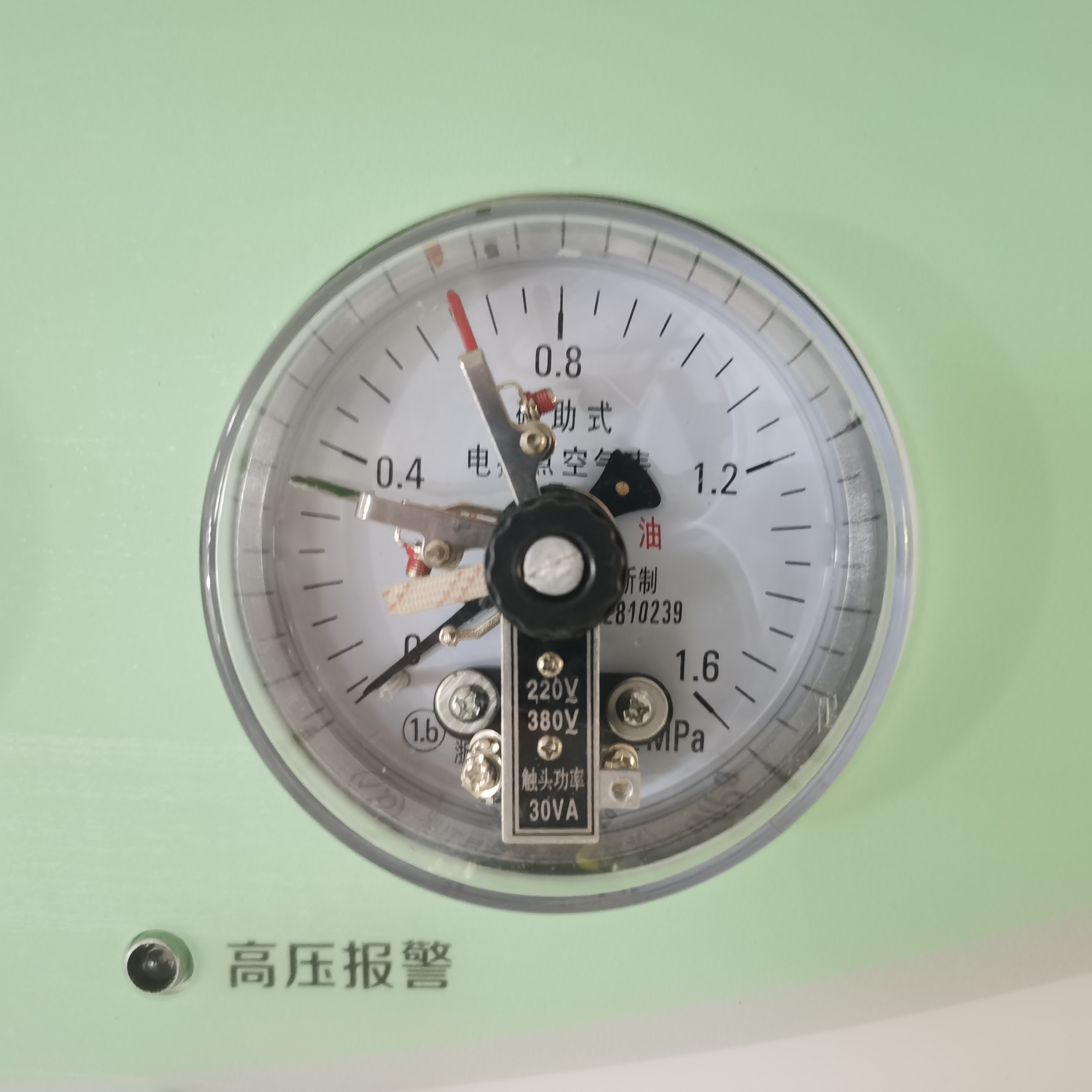
- English
- Español
- Português
- русский
- Français
- 日本語
- Deutsch
- tiếng Việt
- Italiano
- Nederlands
- ภาษาไทย
- Polski
- 한국어
- Svenska
- magyar
- Malay
- বাংলা ভাষার
- Dansk
- Suomi
- हिन्दी
- Pilipino
- Türkçe
- Gaeilge
- العربية
- Indonesia
- Norsk
- تمل
- český
- ελληνικά
- український
- Javanese
- فارسی
- தமிழ்
- తెలుగు
- नेपाली
- Burmese
- български
- ລາວ
- Latine
- Қазақша
- Euskal
- Azərbaycan
- Slovenský jazyk
- Македонски
- Lietuvos
- Eesti Keel
- Română
- Slovenski
- मराठी
- Srpski језик
- 简体中文
How Gas Area Alarms Work?
How Gas Area Alarms Work

Gas area alarms, also known as gas detectors or gas monitors, are devices designed to detect the presence of specific gases in the surrounding environment. They are commonly used in industrial settings, laboratories, and other places where the presence of certain gases can pose health hazards or create safety risks. Gas area alarms work based on different sensing technologies, but the general principle of operation involves the following steps:
Gas Sensing: Gas detectors are equipped with sensors that can detect the presence of specific gases in the air. The most common types of gas sensors include:
a. Catalytic (Pellistor) Sensors: These sensors detect combustible gases by measuring changes in temperature resulting from gas oxidation on a catalytic surface.
b. Electrochemical Sensors: Electrochemical sensors are used to detect toxic gases like carbon monoxide (CO) and hydrogen sulfide (H2S). These sensors use chemical reactions to produce an electrical signal proportional to the gas concentration.
c. Infrared Sensors: Infrared sensors are capable of detecting certain gases like methane (CH4) by measuring the absorption of infrared radiation by the gas molecules.
d. Photoionization Detectors (PID): PID sensors are used to detect volatile organic compounds (VOCs) and other gases that can be ionized by ultraviolet light.
Gas Concentration Measurement: Once the gas sensor detects the presence of a specific gas, it measures the concentration of the gas in the surrounding air. The sensor's output is typically in the form of an electrical signal proportional to the gas concentration.
Alarm Thresholds: Gas area alarms are usually set with predefined alarm thresholds for each gas they are designed to detect. These thresholds represent the gas concentration levels at which the alarm will be triggered.
Alarm Activation: When the gas concentration in the air exceeds the preset alarm thresholds, the gas area alarm activates audible and visual alarms. This alerts individuals in the area to the presence of the hazardous gas and allows them to take appropriate action, such as evacuating the area or wearing protective equipment.

Display and Communication: Many gas area alarms feature displays that show real-time gas concentration levels, allowing users to monitor the environment continuously. Additionally, some gas detectors can communicate with central control systems or other devices for remote monitoring and data logging.
Maintenance and Calibration: Regular maintenance and calibration are essential for gas area alarms to ensure their accuracy and reliability. Calibration involves exposing the gas detector to a known concentration of gas to adjust its readings accordingly.
Overall, gas area alarms play a critical role in ensuring the safety of individuals and environments by providing early detection of hazardous gas leaks or buildup. They are an integral part of safety protocols in various industries where gas-related risks are present.


Gas area alarms, also known as gas detectors or gas monitors, are devices designed to detect the presence of specific gases in the surrounding environment. They are commonly used in industrial settings, laboratories, and other places where the presence of certain gases can pose health hazards or create safety risks. Gas area alarms work based on different sensing technologies, but the general principle of operation involves the following steps:
Gas Sensing: Gas detectors are equipped with sensors that can detect the presence of specific gases in the air. The most common types of gas sensors include:
a. Catalytic (Pellistor) Sensors: These sensors detect combustible gases by measuring changes in temperature resulting from gas oxidation on a catalytic surface.
b. Electrochemical Sensors: Electrochemical sensors are used to detect toxic gases like carbon monoxide (CO) and hydrogen sulfide (H2S). These sensors use chemical reactions to produce an electrical signal proportional to the gas concentration.
c. Infrared Sensors: Infrared sensors are capable of detecting certain gases like methane (CH4) by measuring the absorption of infrared radiation by the gas molecules.
d. Photoionization Detectors (PID): PID sensors are used to detect volatile organic compounds (VOCs) and other gases that can be ionized by ultraviolet light.
Gas Concentration Measurement: Once the gas sensor detects the presence of a specific gas, it measures the concentration of the gas in the surrounding air. The sensor's output is typically in the form of an electrical signal proportional to the gas concentration.
Alarm Thresholds: Gas area alarms are usually set with predefined alarm thresholds for each gas they are designed to detect. These thresholds represent the gas concentration levels at which the alarm will be triggered.
Alarm Activation: When the gas concentration in the air exceeds the preset alarm thresholds, the gas area alarm activates audible and visual alarms. This alerts individuals in the area to the presence of the hazardous gas and allows them to take appropriate action, such as evacuating the area or wearing protective equipment.

Display and Communication: Many gas area alarms feature displays that show real-time gas concentration levels, allowing users to monitor the environment continuously. Additionally, some gas detectors can communicate with central control systems or other devices for remote monitoring and data logging.
Maintenance and Calibration: Regular maintenance and calibration are essential for gas area alarms to ensure their accuracy and reliability. Calibration involves exposing the gas detector to a known concentration of gas to adjust its readings accordingly.
Overall, gas area alarms play a critical role in ensuring the safety of individuals and environments by providing early detection of hazardous gas leaks or buildup. They are an integral part of safety protocols in various industries where gas-related risks are present.

Previous:What is a Vacuum Regulator?


